Out of the many final BA & MA projects submitted at the Photo-Video section of the National University of Arts, two impressed me most. I find them relevant in terms of the visual research invested, of the social implications that come forth and in terms of the subtle visual poetics that gracefully welds all of the above.
There are some similarities between the two projects. They both use diverse media, from vernacular photography to artist book installation. And it is no wonder as they have been coordinated by Prof. Iosif Kiraly and exhibited outside of the University, a practice well-known for some time now.
Unlike other departments such as Graphics, Painting and Sculpture, the graduates from Photo-Video are allowed to find their own places to exhibit. This can sometimes be translated as an abandonment of the said student, but other times it is an exercise of trust and maturity. And thus we must approach the differences between the two projects as well.
Grigore Liteanu’s BA project was exhibited at Cazul 101, a new underground space, whereas Vlad Albu’s MA project has won the annual prize offered by Galeria Posibilă for MA graduates, and thus the space hosted his project called Associative Properties.
The Line reveals the way in which the family story of Grigore’s grandfather comes across different abandoned industrial objects from the post-communist times, whereas Associative Properties tells the story of contemporary inhabitation and the role of mundane objects in the building blocks of identity.
Associative Properties also articulates the individual’s need of redefining himself according to the surrounding space, a space that goes beyond the positivist cannons of a modernity confiscated by its quantitative and functional qualities. Gaston Bachelard, in The Poetics of Space, comes forth with a phenomenological study of the “archeological sites of our intimate life,” that comes as a parallel of geometric exteriority. Bachelard proposes the reconsideration of space as a space defined by color and rhythm, as an affect space that cannot be measured in units. Another phenomenological study, this time Heidegger’s Art and Space, considers the most relevant non-quantitative (de)construction of spatiality is actually given by artistic practice.
On a social level, it would seem that – in a world governed by capital and by the need of optimal distribution of the messages coming from the centers of power – art can challenge the well-known diminishing of space to a homogeneous scope of ersatz and of standardization. In a new topology of freedom, artistic practice can generate frictions and create heterogeneous areas as well as contradictory messages.
An art installation can thus revisit a slice of very dense space, a concentration of signification, a rupture in the space of conformity. The poetry that generates words that pierce reality and claim materiality: just another way of short-circuiting the Society of the Spectacle.
Taking these phenomenological interpretations into account, the installation space of Vlad Albu reveals itself as a continuum in which the boundaries of the body become the very starting point where they begin taking shape.
A door frame that doesn’t separate, but rather connects; between the two rooms of the exhibition a laid down blanket that absorbs the steps of the visitors, taking their footprint only to overlap them with others. Once the old Cartesian diagram of the disconnective devoid homogeneous space falls apart, the world reveals itself as connective, as a world of movement that pertains to vibrating matter.
The art objects are connected through bonds so invisible (at least for a positivist eye), and yet so real. The door frame communicates with the photos lying down at its base, but also with the blanket that connects the rooms. The door is in close relationship with a metal frame chair, a frame interrupted by the concept of a chair. But this is also a comment on the futility of tandem-concepts like full-empty, interior-exterior, form-matter.
A nest that can be encountered at the entrance of the exhibition reappears in the book. The nest is a reference for the home as the nucleus of memory and at the same time of inhabitation. Phenomenology propagates the idea that “to be” is the equivalent of “to inhabit,” “to live.” Thus we are what we represent in relation to our buildings and our objects: a glass, a door, a key, a studio with concrete walls, an organically shaped interior staircase.
Vlad speaks of how, for a long time, he had passed through the broken glass of his bedroom door without using the handle. The body had already gotten accustomed to this lack; the foot was already lifting itself up, without the accompanying intentionality. A question is raised: what is the path that we take daily when walking between the kitchen and the bedroom and how does it influence us? From a phenomenological perspective, the human body is seen as a territory. Appreciated in its dynamics and in direct continuity with space, it becomes the extension of our actions. The sort of extension that one can reach towards, touch and be touched by.
These observations shed a new light on Vlad’s footprints and crockery drawings that can be found in the second room of the exhibition. If the first room can be seen as a comment on intimate spatiality, the second room repositions structures that have social impact in the public discourse.
At a closer look, one can see that the drawings on the crockery tiles are an aerial map of flights that connect Bucharest to other European capitals. The migration of Romanians towards warmer lands (on rectilinear aerial trajectories, in unison with the irreversible time of the industrial society of the spectacle) comes as a counterpoint for the migration of birds (following the rhythms and the paths of nature, in accordance to what Debord calls the cyclic time.
In the proximity of the map, an installation of parallelipipedic structures gives a new take on the model of urban inhabitation as it is separated from nature. The exploration of the exhibition ends with skimming through the artist’s book – a combination of vernacular photography and other images – that comes with an intimate connection with the other exhibits.
The overlapping of people (authors), places and temporal layers raise this art project to the status of a heterotopia: a hybrid territory, free of any physical spatiality. The architectural elements melt away with the encounter of the sign-becoming-photography: traces of footsteps in the sand, traces on grass, hands, a wing frozen in full flight, a woman, other footsteps, another woman, another nest, another blanket, other voices, other rooms. One of the voices, the one pertaining to Alle Dicu, speaks of scents and old cathedrals, of the skin as boundary and at the same time as a beginning of the body.
A myriad of voices, places and moments of time are also proposed in The Line, Grigore Liteanu’s project. It is to be noted that in Romanian the expression “railway track” contains the word “line” in it. The project is placed at the intersection of the same contemporary themes: archive and accumulation, as well as the disjunction between nature and construct. Vlad’s aerial line here becomes the railways network (C.F.F & C.F.R.) that has a very personal implication as his grandfather spent his life working at C.F.R. This network also functions as a map of deconstructing the industrial past.
The Line proposes a partly virtual route on the railways that used to slice across communist Romania. The Reșița Plant, Solventul, The Vinegar Factory from Margina, The Hunedoara Steel Plant, The Brick Factory from Cărpiniș, The Letea Paper Factory are all itineraries on this virtual route. The way these landmarks have been slowly eroded by rain, invaded by vegetation and turned back towards the ground can be today interpreted from a posthumanistic perspective: a counterattack of nature that is reclaiming what was conquered by functionalist modernity and deemed resource by the entitled human being.
The current renegotiation of the balance between man and nature leaves room for the involvement of the arts in the socio-political space. This dimension is undeniable for an art project that elegantly combines industrial photography with graphics and artistic activism. Grigore Liteanu thus takes hold of the role of the artist-anthropologist that explores sites, takes photos, makes notes and gathers evidence. Thanks to a generous series of objects and materials collected from different sites during field documentation from the artist’s perspective, the project brings forth the voice of matter itself.
The question on history and recent memory is thus given multiple answers. What is research, in fact? The collected objects are exposed; the materials used are involved in developing several serigraphies of the sites. For instance, the serigraphy of the brick factory was created with actual brick dust. Other abandoned industrial landmarks were pictured by using copper or tar harvested on site. One can say that the brick that not long ago had a certain functionality, now is artistically re-signified and becomes the brick in itself and for itself. Heidegger would thus say that matter is set free, transformed in poetic matter, in earth-matter.
Grigore takes the bet on making his works speak beyond good and evil and tell the story of different places and of past inhabitation. There is also an unexpected connection between the personal and social registers. The story of his grandfather is put together through an album of top employees from the communist era, an album he found in an antique fair and wondrously recognized a younger version of his grandfather.
Combined with vernacular photography, brochures, documents found on-site, the family images accumulate meaning and occupy new territories of memory.
Exploring this archive there is another element that brings forth the possibility of connecting the act of collecting with the entropy principle – the primary component of new materialism. To collect, to archive, to value each object as sign and trace of an emotion, as a marker or memory is to leave matter speak for itself and also to value the detail above the whole.
The disruption of the whole, of the narrative coherence, of the linear scenario requires a tearing of order and meaning that can be associated with the well-known tendency of wasting energy and, even further, with the accumulation of waste. Entropy, in its turn, employs the amorphous and the abject, which are the purifying categories that facilitate the transgression of old and new cannons. These concepts belong to Bataille, but they were mutated to contemporary art by Krauss and Kristeva.
The art project thus places itself at the crossroads of photography as political image and of the authentic aura-endowed object. The rocks and glass pieces found on-site, the badges collected from the antique fair, the train curtain, the trash, dust and pieces of bricks all participate in the serigraphic representations. Not only that, but the serigraphic sieves are, beyond any functionality, aesthetic objects.
All the layers of this (pseudo)cosmos that frantically swallows whole objects and representations, technique and authenticity, virtual and real progressively gather up forming an accumulation of visual research that is both phenomenological and social. And this is the artist’s book as an object. Because of its unusual format, of the way it communicates through color or black and white, as well as the way those temporal layers interfere, the book manages to gather the states of things, the heterogeneous moods and characters and to lay them out in a line.
The main catalyst is poetry. It connects the projects between each other, the railway with the associative space of inhabitation, the objects pertaining to intimate territory with their transpositions in public space, all the while advocating for the necessity of the fold art-society.
Translated by Irina-Gabriela Rus.
POSTED BY
Raluca Oancea
Raluca Oancea (Nestor), member of International Association of Art Critics (AICA) and European Network for Cinema and Media Studies (NECS), is a lecturer at The National University of Arts in Buchares...
www.Dplatform.ro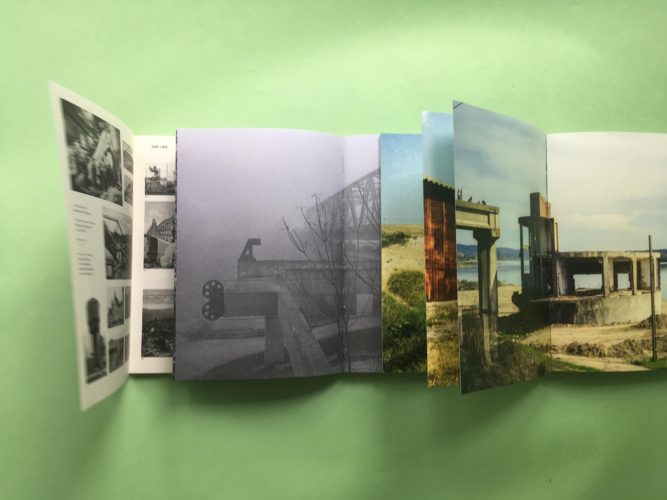
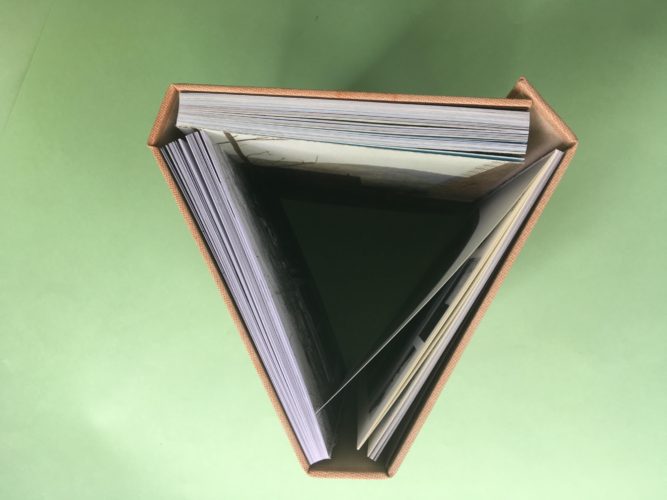
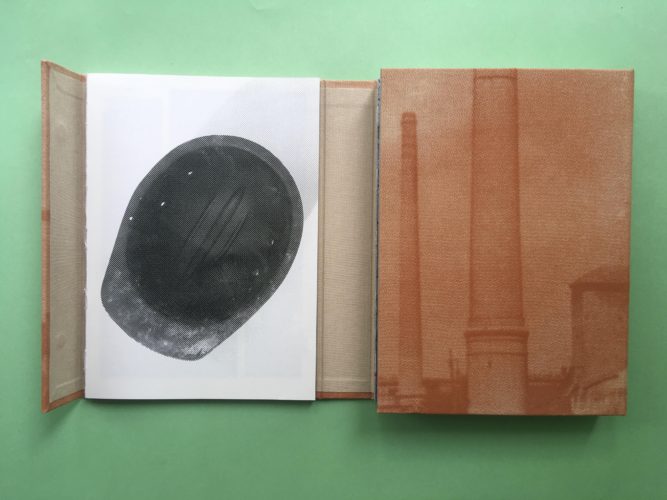
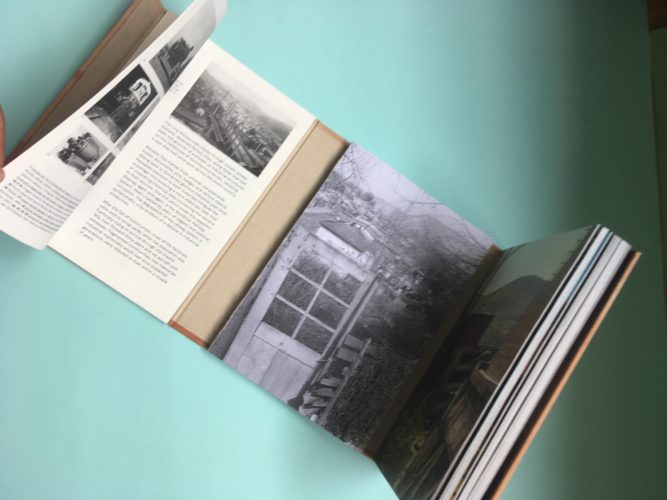
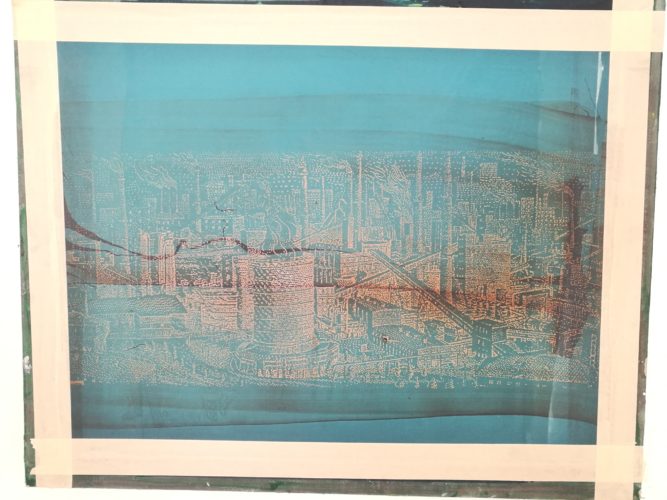
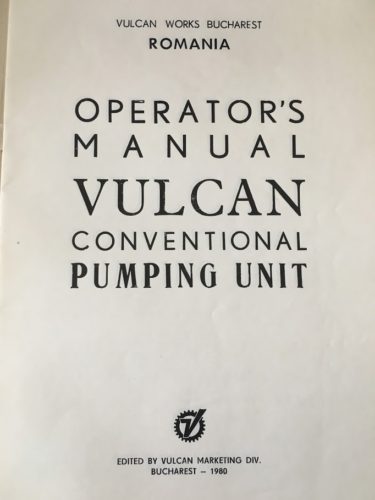

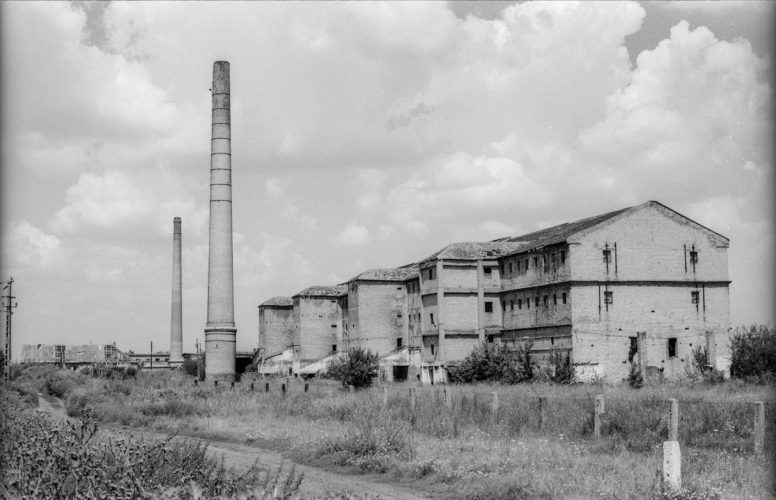

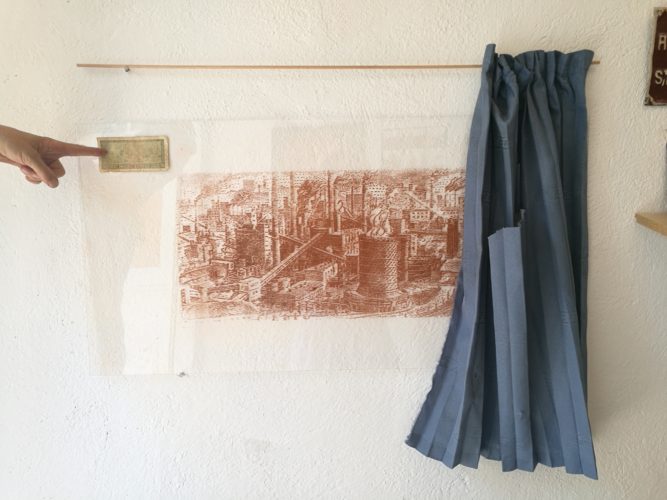

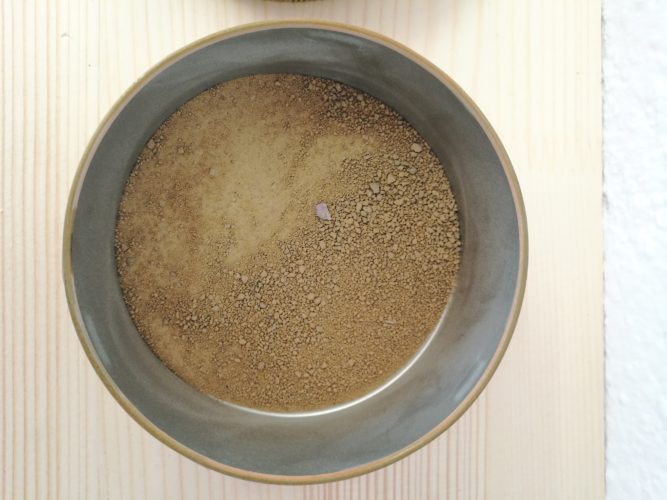
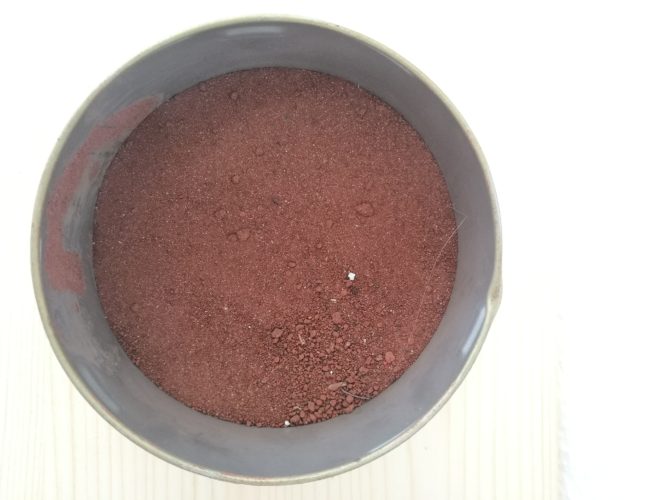
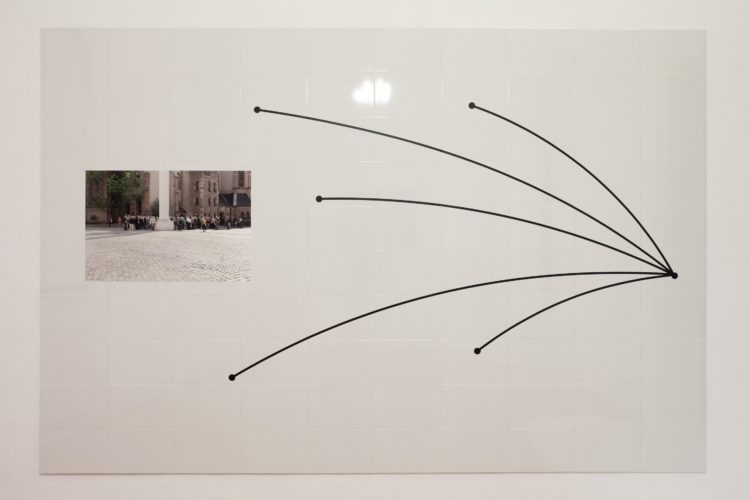
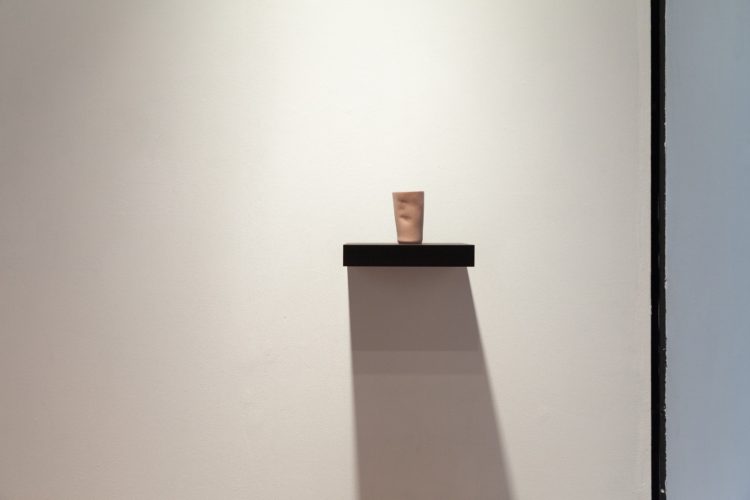
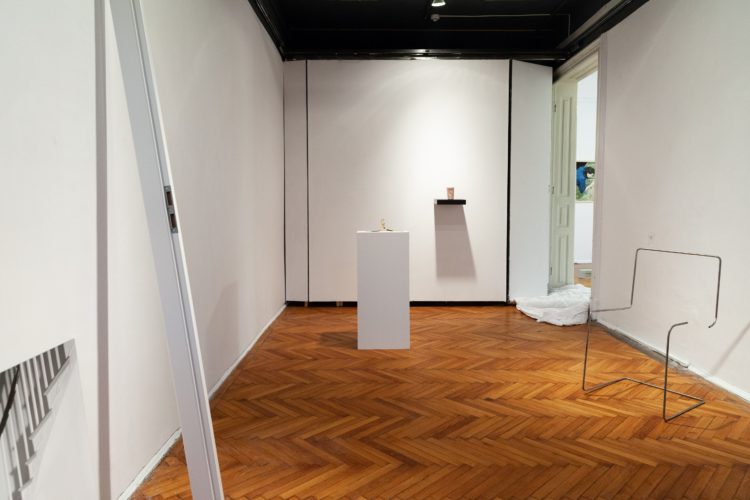
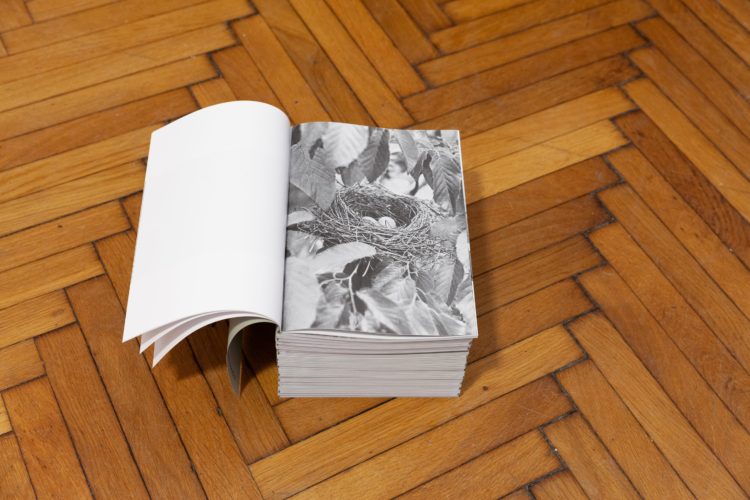
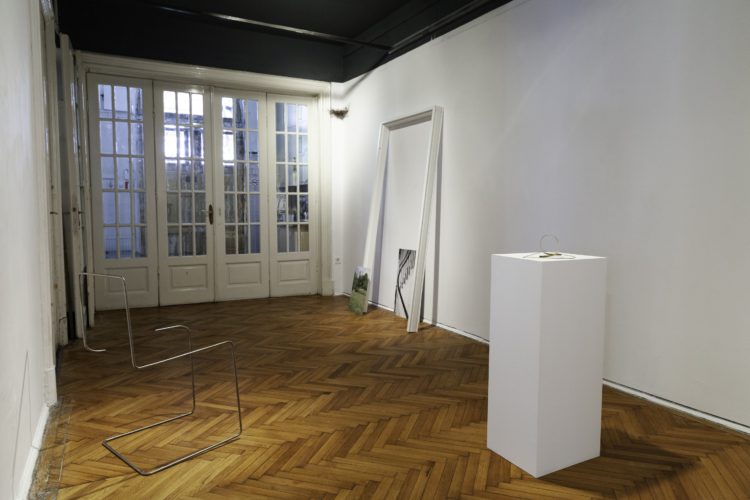
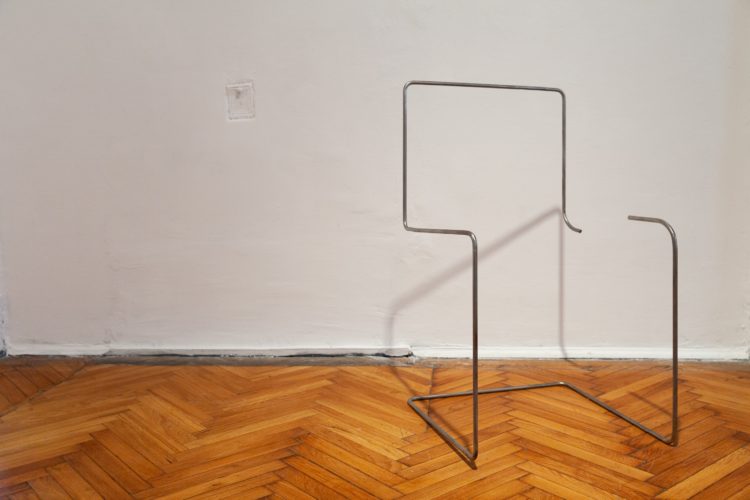
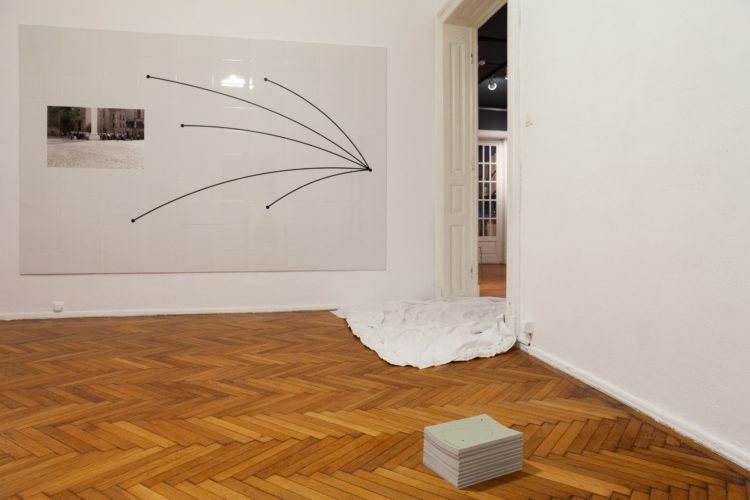
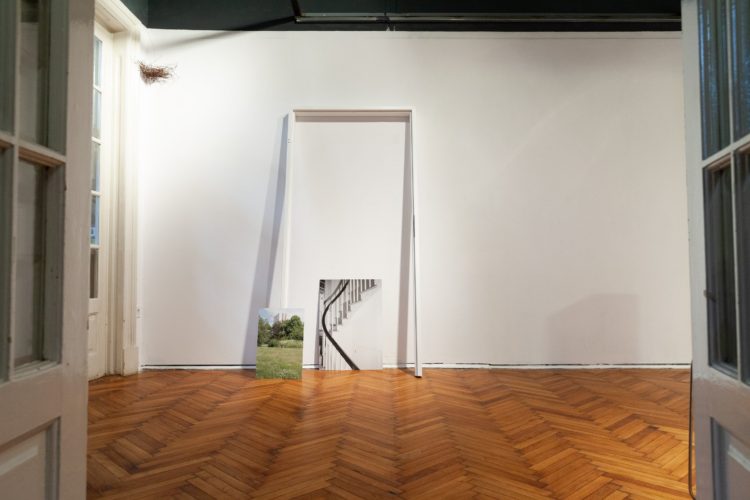
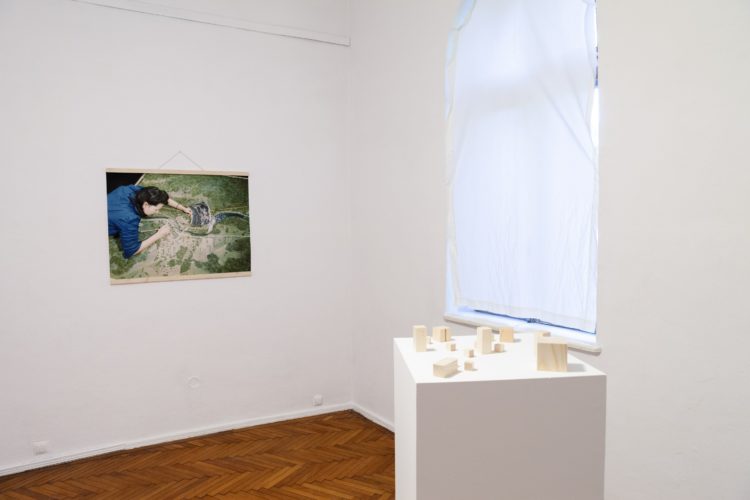

Comments are closed here.